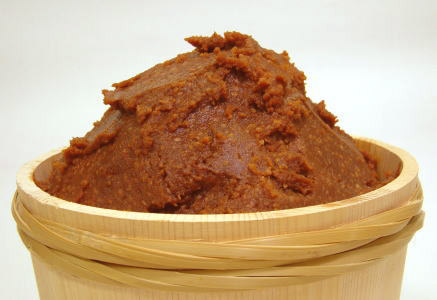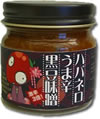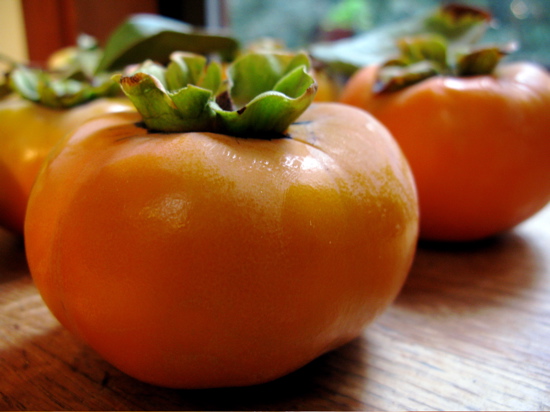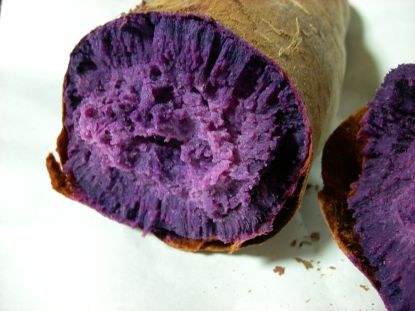Sorry about the long hiatus! I took a trip out to Saipan and then spent the past week just catching up on relaxation. I can't remember the last time I had a week to sit around and do nothing. I hope everyone else had a good holiday season!
How to Prepare
You'll want to cut off the bottom section where the mushroom was growing. Then break up the mushroom into chunks or individual stems.
Easy Shimeji Recipe
If you've never had sukiyaki before, now's the time to start! Sukiyaki is big in Japan, especially during the cold winter months.
Sukiyaki
Serves 4
Ingredients:
- 300g shimeji mushrooms (1 package)
- 1/3 head Chinese cabbage 白菜
- 2 leeks
- 400g beef (ask your butcher to thinly slice the beef like deli meat, or if you're in Japan look for うす切り牛肉. It should look like the picture)
- Shirataki, one bag drained (shirataki is a type of konnyaku. It looks like translucent noodles before it's cooked. It can be found at most Asian markets as しらたき. If you can't find it, it can be omitted)
- 1 block grilled tofu 焼き豆腐, drained (can be found at most Asian markets. If you can't get pre-grilled tofu, buy firm tofu and grill it yourself).
- 4 eggs, beaten
- 1 package powdered kombu broth 昆布だしの素 (can be found at Asian markets and Whole Foods)
- 1 cup hot water
- 4 tablespoons sugar
- 1 tablespoon mirin
- 1 tablespoon soy sauce
1. In a small bowl, mix together all the ingredients for the sukiyaki broth. Set aside.
2. Cut bottom off the shimeji mushrooms and cut into small sections.
3. Cut the Chinese cabbage into bite-sized chunks. Cut bottom and dark green parts off the leeks. Cut into bite-sized slices.
4. Drain tofu and cut into 1 inch cubes. Drain the shirataki.
5. In a nabe pot or medium sized heavy pot, add the sukiyaki broth. Bring to a boil, then reduce to a simmer. Add the mushrooms, cabbage, leeks, tofu, and shirataki. Spread everything out evenly in the pot.
6. On top of all that, spread out the slices of beef evenly.
7. Once the beef begins to change color, add the beaten egg to the sukiyaki. Cook until the vegetables are to your liking.
8. Finished!
Sukiyaki is a very easy weeknight meal. Try it out!
























